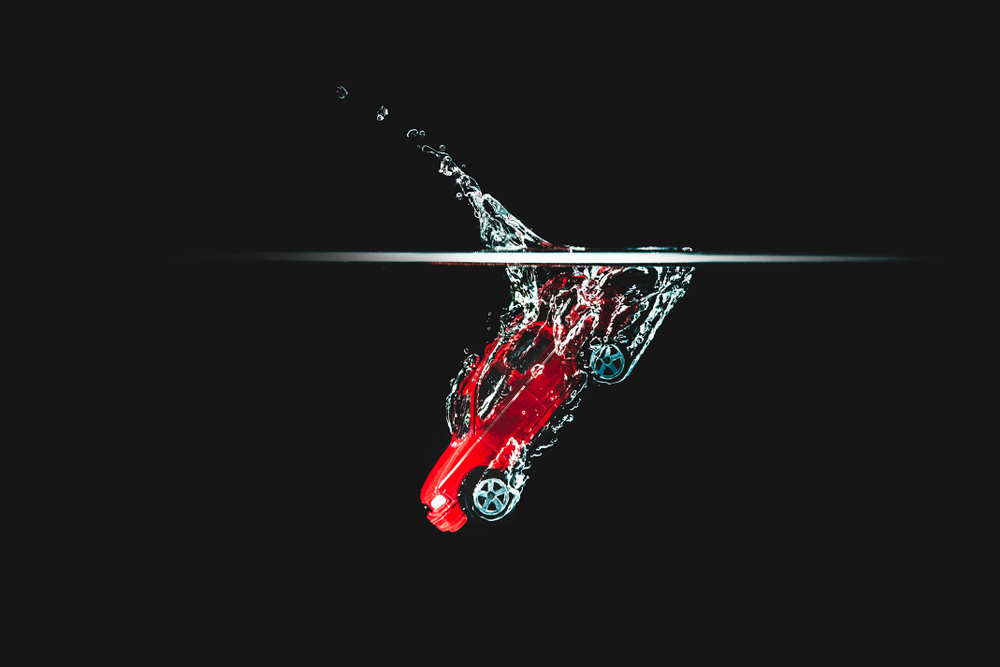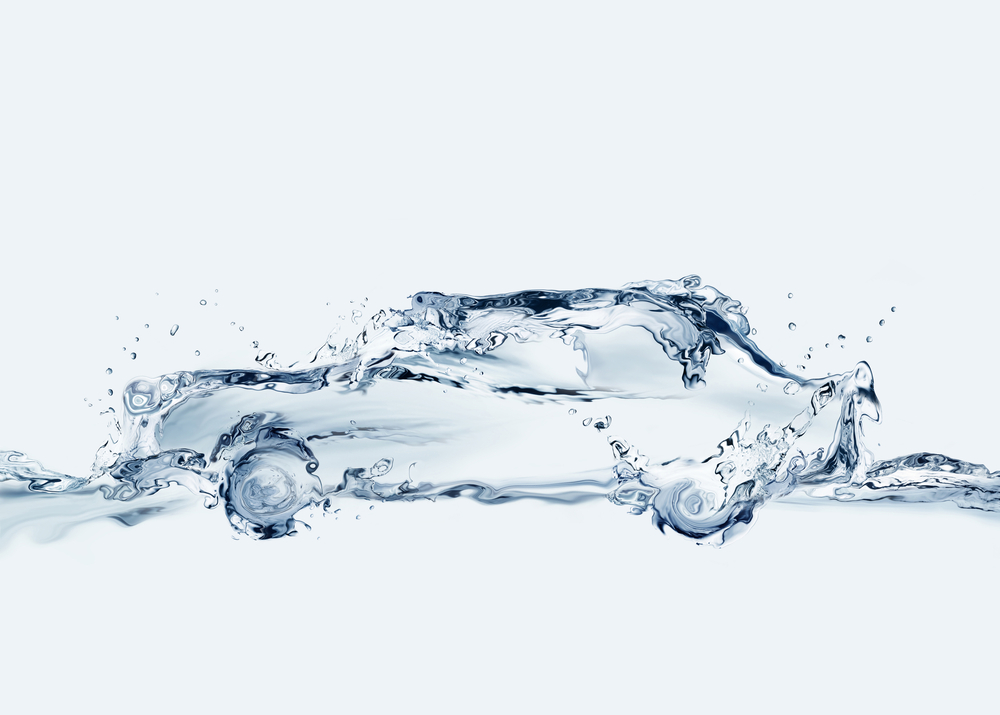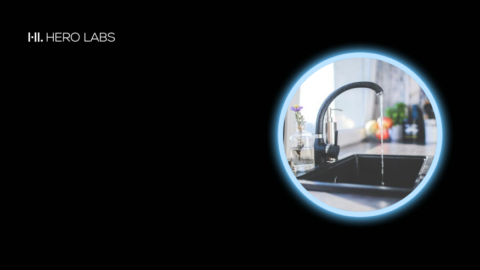
It was the 21st of March 1998, when American Inventor Stanley Meyers sat down to lunch at a Cracker Barrel diner in rural Ohio. He ordered cranberry juice and the soup of the day. Ten minutes later, he would be dead, his last words an accusation of murder.
Meyers was a prolific inventor, and by all accounts a rather eccentric one. Between 1960 and his untimely death in the carpark of an unassuming diner he applied for nearly 200,000 patents. Electronic banking, oceanography, heart monitors – Meyers had no formal qualifications as a scientist, but somehow saw opportunities to innovate in fields as erratic and unexpected as his personality. He was a religious man who swore that God sent him the ideas; he was known to exclaim “Praise God and pass the ammunition” at seemingly random intervals. By 1989 he had been granted so many patents that the US patent office decided to put him on a fast-track programme, reducing the scrutiny on his applications to save office resources. This, if you believe the conspiracy theories, may have been one of the factors that lead to his death.
On 21st March 1998, Stanley Meyers was dining for business rather than pleasure. He was meeting two Belgian investors in the hope of raising capital for his latest invention: the water-powered car.

This one was to be his crowning achievement: a vehicle fuelled not by polluting hydrocarbons, but by good old H20 – the most plentiful substance on earth. It could supposedly cross the United States on just 75 litres of distilled water, emitting only oxygen as waste. It would revolutionise transport and transform industry. It would change the world, and create astronomical wealth. Meyers said he had a working prototype, a dune buggy painted in a spectacular shade of retina-damage orange; emblazoned with a gaudy American Flag and the words “Jesus Christ is Lord”.
According to witnesses, the meeting passed cordially and uneventfully. It concluded with a toast – the Belgians raising their champagne glasses, and Meyers his cranberry juice. He took a sip; convulsed, grasping at his neck; burst from his seat and ran from the restaurant into the carpark where he collapsed. As he lay on the tarmac, he gasped to the startled onlookers who surrounded him: “they poisoned me”. And then he died.
So who killed Stanley Meyers, and with him the water-powered car?
“Big Oil” companies with trillions of dollars at stake? Or perhaps General Motors, the largest car manufacturer in the world back in 1998. Or could it have been the mysterious Belgian investors, realising the monumental significance of what Meyers had discovered and seeking to claim it as their own?
The most accurate answer to this riddle is probably Rudolf Clausius, or you could also point the finger at William Thomson. Just to really put a twist in the tail of this whodunnit, this dastardly duo arguably killed the water-powered car around 150 years before it was even invented.
Clausius and Thomson jointly discovered the laws of thermodynamics, which, until proven otherwise, expressly prohibit Meyer’s invention from ever working. Meyer’s water-powered car was a physical impossibility. Water, as we know, does not burn particularly well. Meyers invention purported to work by freeing the hydrogen molecule in H2O its accompanying oxygen molecules, allowing the highly flammable hydrogen to be burnt as a fuel source. This process (known as electrolysis) is real and very well-documented, but unfortunately, it takes the same amount of energy to break the bond as is released when it’s formed. In other words – releasing energy from water will always consume more energy than it produces. That’s the first and second law of thermodynamics in action.
The Truth is Out There
So how did Meyers really die? Many conspiracy theorists still believe it was an assassination. He was said to have drawn mysterious visitors from around the globe; attracted lucrative buyout offers from shadowy offshore companies and even allegedly been the subject of state-sponsored espionage. Some even theorise that a such a world-changing technology would have upturned the delicate, post-cold-war geopolitical power balance; ending America’s dependence on crude oil and with it the strategic importance of Russian oil fields and the Middle East. Even Meyer’s brother suspected foul play: he met with the two investors the next day to tell them Stanley didn’t make it; “I told them that Stan had died, and they never said a word,” he recalled. “absolutely nothing, no condolences, no questions, not a word. I never, ever had a trust of those two men ever again.”
Grove City Police Department drew a rather more prosaic conclusion at the end of their three-month inquiry. Natural causes; a brain aneurism to be precise. “There were all sorts of cloak-and-dagger stories”, said Grove City Police Lieutenant Steve Robinette, the lead detective on the case. “It was laced with all sorts of intrigue and conspiracy. But we checked everything, and we found nothing.” Stanley Meyers, who had a history of high blood pressure, had died of a cerebral aneurism. The toxicology report came back spotless. He had not ingested any poison known to American medical science on the day he died – not even alcohol. A verdict of death by natural causes was recorded by the coroner, and consequently, no charges were ever filed.
Who do you believe?
In the years following Meyer’s death, the water-powered car and its extraordinary claims were the subject of great scientific and legal scrutiny. Meyers had succeeded in attracting other venture capitalists before the fateful day in the Cracker Barrel diner, and his investors fought over the rights to his estate and the underlying intellectual property. Meyers had also succeeded in selling franchise rights for two water-powered car dealerships to would-be entrepreneurs. To establish its value, the invention was examined by three “expert witnesses” appointed by the court; they concluded that there was “nothing revolutionary about it, and it was simply using conventional electrolysis”. The courts found that Meyer had committed “gross and egregious fraud” and ordered that the investors be repaid $25,000. There were allegations that the whole sorry story was a cover for a sophisticated money-laundering scheme. Meyer’s name was dragged through the mud, his reputation tarnished and his invention largely forgotten. The patents have expired, putting the technology in the public domain and available for use by anyone without restriction or royalty payment. As at the time of writing, no engine or vehicle manufacturer has incorporated Meyer’s work.
The end of the story?
So is that it? Well, in a sense, Meyer’s work does live on – we do have cars that burn hydrogen, and you can make that hydrogen from water in much the manner than Meyer described. The most useful form is called HHO, and there’s mounting scientific evidence that adding it to conventional fuels could greatly increase their efficiency. You can even burn it directly in a car and the only by-product is – you guessed it – more water.
There’s no denying that the energy output is less than the input – the laws of thermodynamics remain unbroken – but there are applications where it still might make sense. Take, for example, wind farms. On exceptionally breezy days, wind farms can produce such an abundance of power that some turbines have to be shut down to prevent overgeneration and damage to the grid. Instead of reducing generation, we could dump that excess power into splitting water into HHO as a means of storing the energy for later. A “water battery”, if you will. Perhaps Meyer’s invention wasn’t so crazy after all?
The promise of abundant, clean energy still attracts a lot of interest, and inventors and entrepreneurs continue to ponder the possibilities. A patent for a water-fuelled engine was approved as recently as 2007, and patents must by definition be “novel, useful and non-obvious”; so apparently somebody pushing pens in the US Patent Office believed it had potential. We might still be a long way away from filling our tanks from the tap, but if Meyer’s offbeat inventions inspire just a handful of people to look at water in a new way then he’s alright in our books.
If you’re looking to tinker with water technology at home, perhaps you’d be best to start with 6 DIY Tips to Have You Plumbing Like a Pro in No Time, and then you can revolutionise the global energy generation market after a spot of lunch. Just think carefully before you order any cranberry juice.


